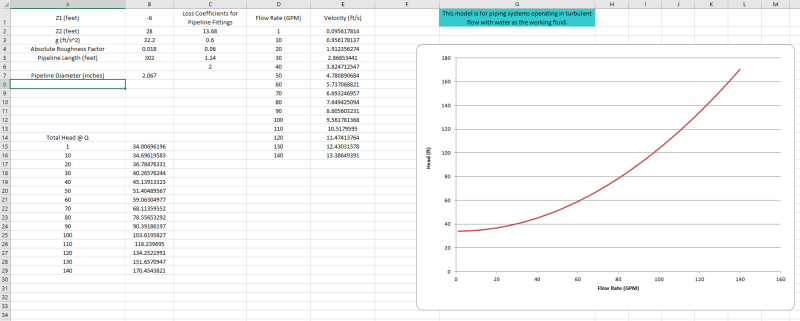Ouahmed
Mechanical
- Feb 26, 2017
- 24
i want to get the system curve of a pipeline , i ask about the method,i calculate th loss for fixed flow rated and i use the formula : PDC = a * (Qv^2)to get the curve.
with
PDC is the losshead in the system
Qv is the volume flow rate
when can i use yhis formula ?
is there any other method ?
with
PDC is the losshead in the system
Qv is the volume flow rate
when can i use yhis formula ?
is there any other method ?

